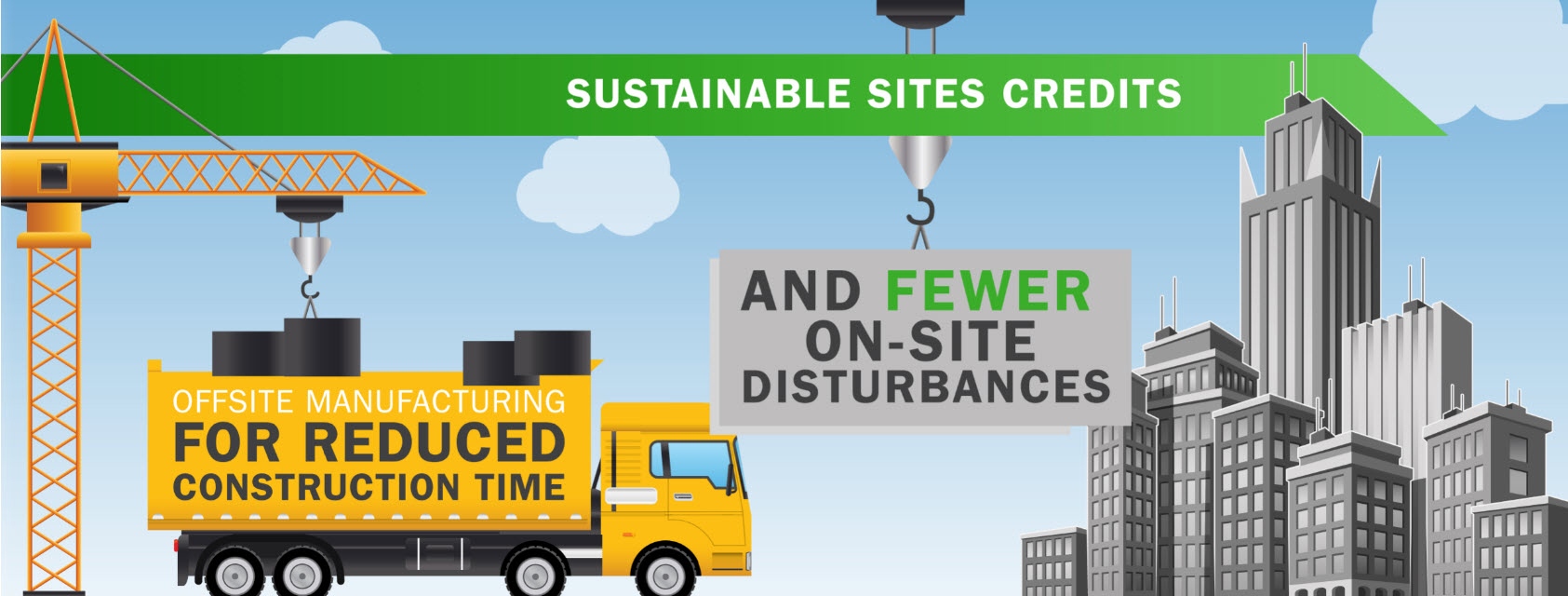Ease of Construction

Steel provides versatility and design freedom for architects and designers, but it also provides contractors and trades with a highly engineered, high-quality and consistent building material to make construction easier and more efficient. Steel offers turnkey solutions manufactured to precise specifications for reduced risk of on-site variability, an inherent disadvantage of alternative construction materials.
- Steel is dimensionally stable and can be manufactured to very tight tolerances, making it easier for engineers to use in building design. On the other hand, alternative materials can be susceptible to shrinkage due to varying moisture content and structural design properties, increasing the chances for on-site variability and costly delays in construction.
- Steel lends itself well to prefabrication, where the assembly of individual steel elements takes place off-site under controlled, regulated and safe factory conditions for precision-engineered components.
- Steel structures are predictable and accurate, allowing for just-in-time site delivery and more efficient construction. These factors allow follow-on trades to get to work sooner, ultimately speeding up construction and allowing for earlier occupancy. Steel framing and joist systems are also normally fabricated with pre-extruded knock-outs (or punch-outs), allowing MEP trades improved access and ease of construction.
- Steel systems are installed by certified trades, resulting in a higher-quality structure ready to support mechanical, electrical and plumbing systems and complementing interior finishing systems. These systems are mechanically fastened for a more secure attachment than possible with nail connections.
- Steelwork at the construction site is not restricted by weather conditions, other than high winds, and can continue year-round without the need for special protective measures during the winter. With appropriate planning, steel products can help building professionals continue their projects throughout these tough winter months by maximizing the benefits of the material.